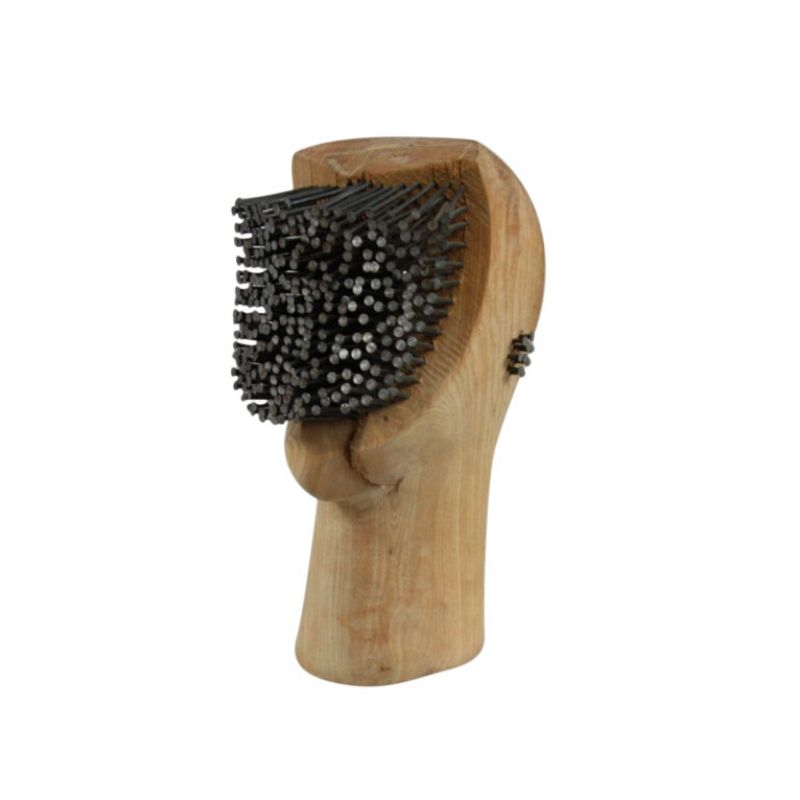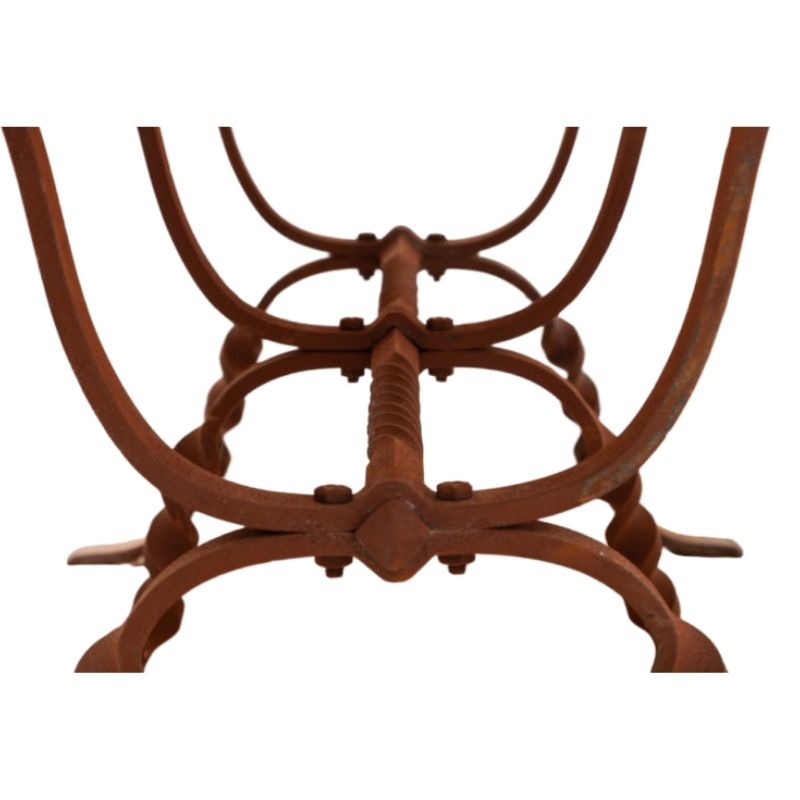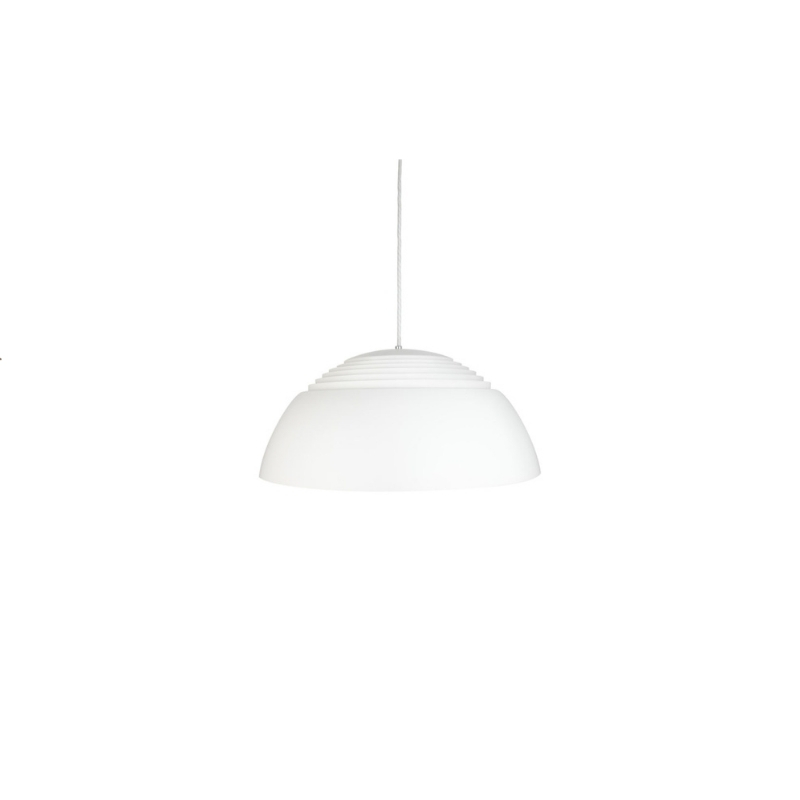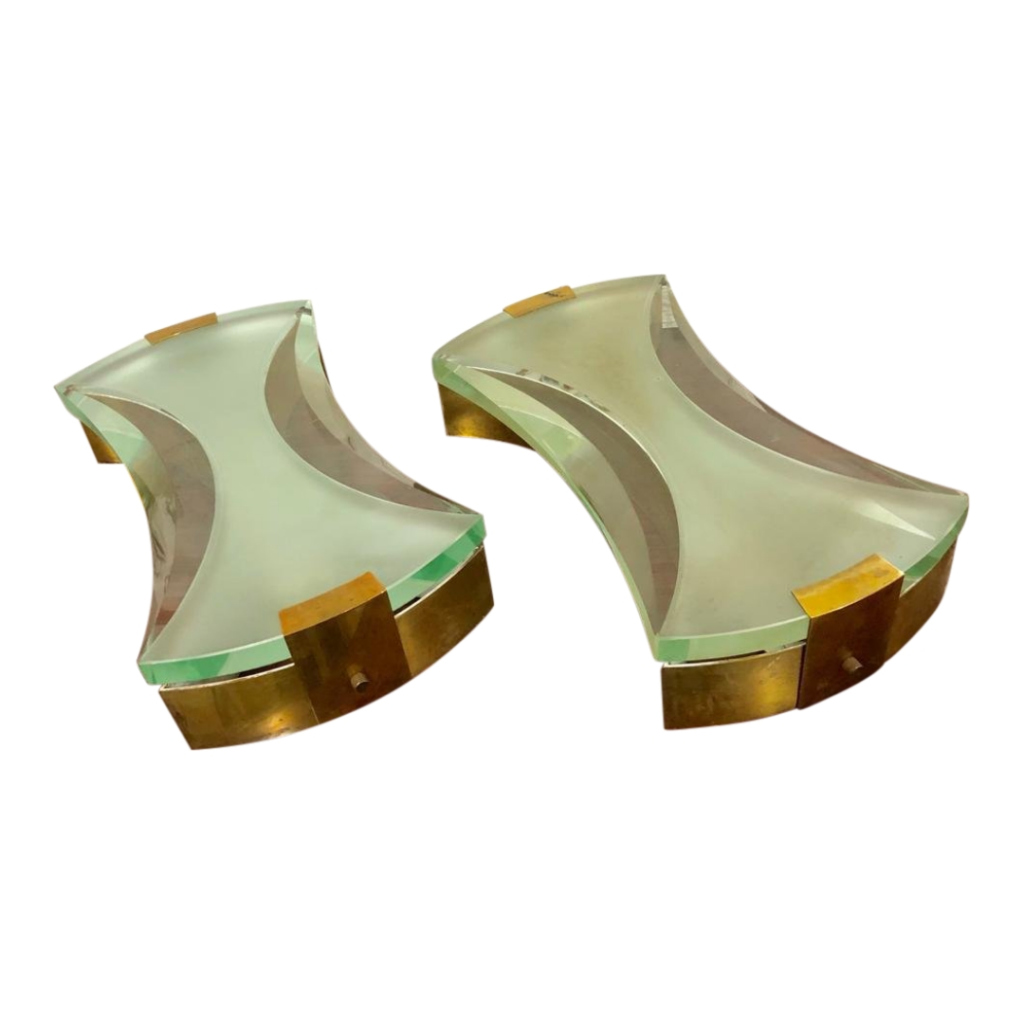I am reweaving a set of 4 Wegner CH23s and on all four the front to back weave and the wrapping of the front rail is all one continuous piece of cord. Then the back rail is wrapped seperately. Ive been doing one like this and it is much more time consuming than using three separate pieces of cord for the same process. Is there any advantage to this method or is it even the original pattern? It's a much bigger pain than using three lenths. The first image is an underview of the front rail with the old cord.
I've done it the way you're showing but there's a different way using the same strand for front-to-back plus front rail:
Do the front-to-back strands (warp) off the spool. This takes 5-10 minutes.
When you're at the end of the warp, do not cut the cord. Pull another 16 yards or so off the spool and wind it onto a shuttle and wrap the front rail with that.
For the back rail, put 14-15 yards onto a shuttle and wrap with that.
This is the fastest way I've come up with. The end product looks correct and in fact I've redone plenty of original seats that appear to have been done this way.
I don't see any reason to divide the length of cord used for wrapping either front or back rail in two and starting from the center of the rail and working out to the ends---unless you're not using a shuttle. Without a shuttle, it's easier to do it in halves. Maybe this is why many originals were done this way? I don't know. Loading up the shuttle does add time to the job and the pros could probably wrap just as easily without it. When you do the same thing every day, all day, you get pretty good at it! I prefer to use a shuttle myself. I've never been able to just use a hank without getting it tangled up, and pulling the single strand through each time is too slow for me, plus I prefer to minimize arm movements to save wear and tear on joints.
If you want to do three separate steps, go for it. But consider the shuttle method that I use---it's fast and easy!
Sorry, doing it the way i suggested will give you overlaps on the front rail---which is fine. If you want the same look as the rail on your chair, just use a shuttle and wind half at a time and start in the center. I think you have to do it in halves this way because if you put all of the cord--wrap plus weft--it will be too thick to get between the front rail and the rung below it. You may need to make a long, narrow shuttle for this to work.
Thanks Spanky! That method definitely seems easier and I've never even considered a shuttle before. What type of shuttle are you using? The images are just quick image searches. 1. "boat" 2. "flat/card"
I had another set of ch23s that used a different pattern. I wonder if there was even a standard pattern, or if it varied from worker to worker.

I usually use the plastic hanger that comes wrapped with free polyester braided rope at the big box hardware stores. It's only $3 plus you get all that rope!
Before I discovered that one, I used one that I cut myself out of 1/4 plywood (dimensions below). You don't have to sand it and make it perfectly smooth and splinter-free the way you do for shuttles used in weaving fabric, which would be like the two you pictured. Paper cord is tough stuff and can stand up to unsanded plywood.
The important thing is that the shuttle is thin itself because it needs to go through some tight spots and it can be quite thick when loaded up with paper cord (which is thicker and less compactable than most yarn/thread used in weaving fabric).
The shuttle in your first photo is the type used in weaving fabric and I think it is actually thrown through the weft threads on the loom, at least when the fabric is wider than arm's reach. The second one is closer to what you need for paper cord, though i wouldn't go with the curved cutouts. Straight is better---you can wrap the cord in straight rows on it to get the most compact thickness when full. You want to be able to load it up with as much cord as possible but still have it not be too thick to pass between rung and rail.
(I like the black plastic thing because of the super handy notches on the ends--you can unwind a yard or two to work with and notch it in place, then throw the shuttle around as needed without a whole lot more coming unwound and getting tangled up.)
eta: this is all on the the 2nd edition of the seat weaving thread, wherever that is.

Oh I must have missed the part about the shuttle on that thread. I actually think I read part of it a while back. That plastic one looks perfect. Should make the front to back weaving much faster.
Spanky do you know any tricks for the side to side weave on these? SInce you have to wrap the cord doubled up for the double rails on the side, you cant weave right off the main coil. I have just been cutting 80-100 foot pieces and folding them in half, but then have to pull through 40-50 feet of doubled cord once I reach each side. My hands hurt just thinking about it.
Thanks for all the help. This is more complicated than the Moller chairs I've done before.
There's no way around it--you have to pull the strand all the way through every time. You can double it up twice just to get it through faster but it tends to tangle more easily that way so it's not really saving any time.
Wear gloves if your hands hurt! A lot of the pros do. And slather your hands with Aspercreme when you're done for the day. I find that makes a huge difference in how my hands feel the next day. You have to do it for a week or two before you can tell the difference but I swear by it now. (It's just a topical analgesic/anti-inflammatory in creme form. I can't take ibuprofen or aspirin or any other OTC stuff like that so this is perfect for me.)
Before I discovered that one, I used one that I cut myself out of 1/4 plywood (dimensions below). You don't have to sand it and make it perfectly smooth and splinter-free the way you do for shuttles used in weaving fabric, which would be like the two you pictured. Paper cord is tough stuff and can stand up to unsanded plywood.
The important thing is that the shuttle is thin itself because it needs to go through some tight spots and it can be quite thick when loaded up with paper cord (which is thicker and less compactable than most yarn/thread used in weaving fabric).
The shuttle in your first photo is the type used in weaving fabric and I think it is actually thrown through the weft threads on the loom, at least when the fabric is wider than arm's reach. The second one is closer to what you need for paper cord, though i wouldn't go with the curved cutouts. Straight is better---you can wrap the cord in straight rows on it to get the most compact thickness when full. You want to be able to load it up with as much cord as possible but still have it not be too thick to pass between rung and rail.
(I like the black plastic thing because of the super handy notches on the ends--you can unwind a yard or two to work with and notch it in place, then throw the shuttle around as needed without a whole lot more coming unwound and getting tangled up.)
Would you be able to send me a photo of your hand-made shuttle and the measurements? I am in a bit of a tizz as I have began rewarping the CH23 H.Wegner chair.Thank you so much.Nuria
Nuria---I threw out the plywood shuttles that I made because I no longer use them, but if you copy the dimensions of the black plastic one that I use now, it'll work fine.
I realize the open structure of the plastic one is potentially confusing because it looks like you could wind the cord around it the short way or the long way---and I guess you could though I just do it the long way. I will include a rough diagram of what it would look like without the open area in the center---like if just cut out of thin plywood.

Nothing ever scrolls off this board (or at least that's how it's been for most of its existence--not sure if it's still the case since the recent "upgrade") so if you post a response in an old thread it will get bumped to the top of the list of topics.
There are also three very long threads which I think have finally been restored, all about weaving paper cord in general. Do a search for "replacing Danish paper cord" if you're interested. Do read them all the way through, though, since a lot of the early information is updated later.
He llo again,
llo again,
I am wrapping the front rail of my CH23 Hans Wagner´s chair.In the end I cut the amount of cord I needed to do the front rail but I find I have to add more of it.In an article I found about this chair on the internet(Warp Speed- Dwell),a master weaver at Carl Hansen&Son appears doing a knot with two pieces of string to be able to continue with his work.
It looks like a very simple knot but I do not seem to figure out how it is done.Perhaps you may have some idea.Thank you very much.
Nuria
If you need any help, please contact us at – info@designaddict.com










